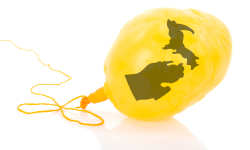On Michigan’s inland lakes, ice fishing with less ice, and fewer fish
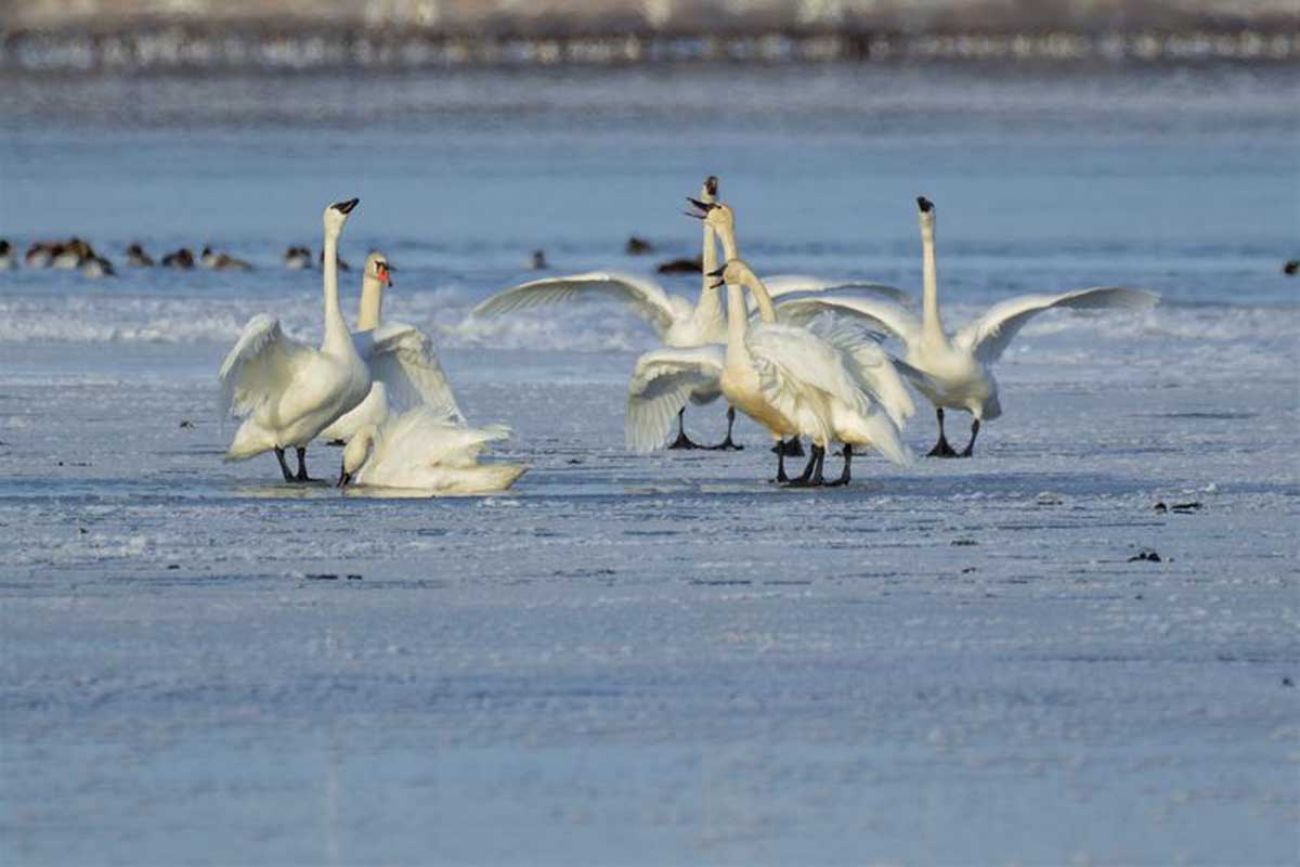
Parts of Watkins Lake State Park and County Preserve in Michigan are off limits for much of the year because it’s a waterfowl refuge. But in winter time, if it’s cold enough, you can go ice fishing.
“I got a couple of fish I got in there,” Mike Davis said as he ducked out of his ice fishing tent. He and his friend were catching perch and some bluegill.
Davis is from Adrian, about a half-hour away from this lake in southeast Jackson County.
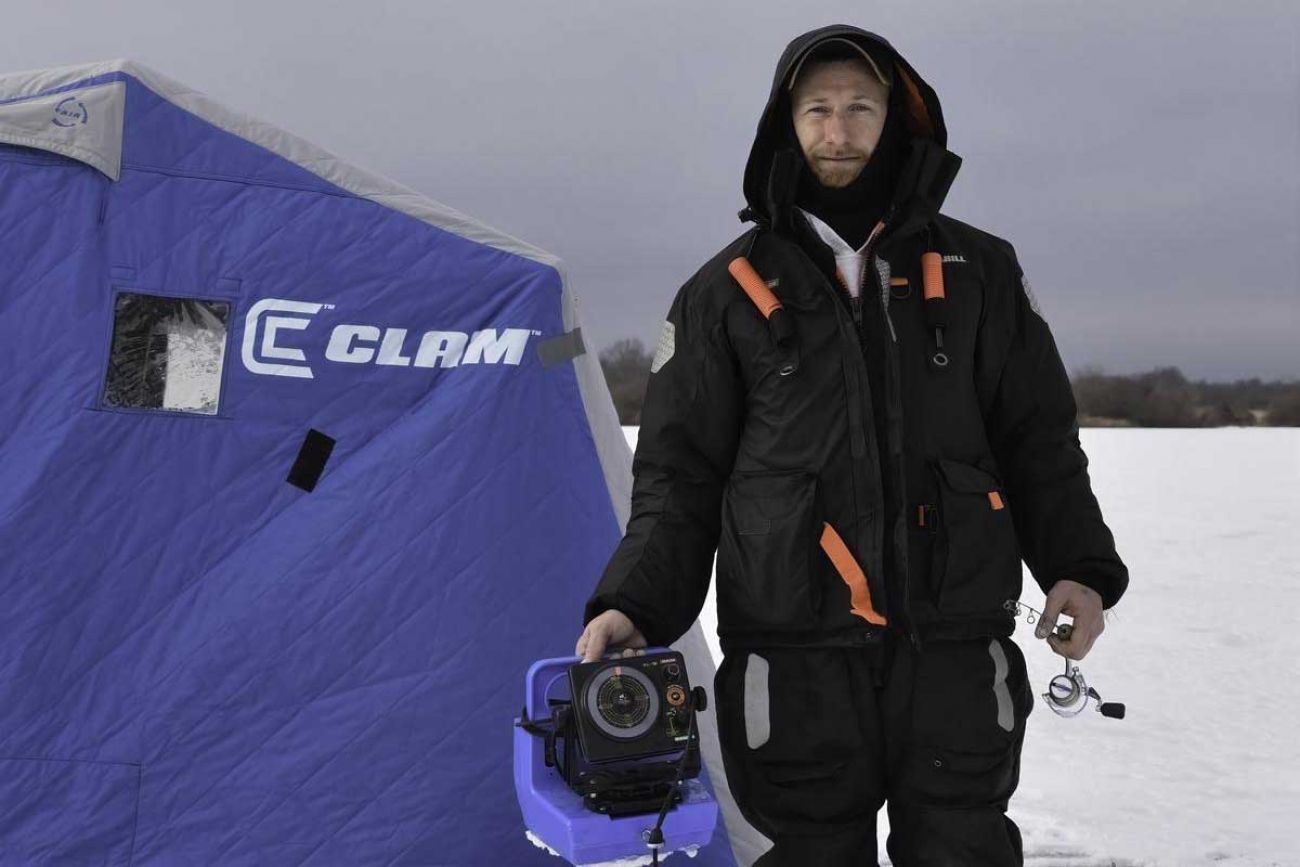
These two say they love to go ice fishing on lakes in southern Michigan, but they’re seeing some changes.
“I have noticed it seems like when I was younger — me and him was talking about the other day, too — seems like we used to get like a foot of ice. And now it's like we're down to four inches,” Davis said.
Anglers and researchers are noticing a number of changes on inland lakes in the upper Midwest. Sometimes you can’t catch the fish you always found in your favorite lake in the past. Scientists say things have changed and more change is coming. It’s a trend that’s happening across the Great Lakes region.
“Climate change is having an effect on lakes in Michigan right now, so we're seeing decreased ice coverage,” said Joe Nohner with the Michigan Department of Natural Resources.
He says over the decades, the decrease in the amount of ice on inland lakes has been substantial.

“For example, Gull Lake over in Barry and Kalamazoo counties, we’ve lost about 22 days of ice in a typical year since the 1920s,” he said about the lake where the Michigan State University Kellogg Bird Sanctuary is located.
“But less ice cover is just one symptom of larger changes. We’re seeing shorter ice periods. We're seeing warming summer surface water temperatures, so lakes are getting warmer. And then we're seeing changes in fish communities potentially as a result of those warming temperatures,” Nohner said.
Cold-water fish such as cisco are disappearing from some lakes.
Gretchen Hansen at the University of Minnesota said other cool-water fish such as walleye are struggling.
“Species like walleye and perch that spawn in the spring, they need a long, cold winter for those eggs to develop. And so there is a decent amount of evidence that if they don't have enough sustained cold temperatures in the winter, their eggs aren't going to be as high quality and they're not going to survive as well,” she said.
Ready or not — the Great Lakes as a climate refuge
The Great Lakes region is frequently touted as one of the most climate-resilient places in the U.S., in no small part because of its enviable water resources. But climate change threatens water quality, availability, and aging water infrastructure by exposing existing vulnerabilities and creating new ones. In this series, members of the Great Lakes News Collaborative explore what it may take to prepare the Great Lakes region for the future climatologists say we can expect.
Funded by the Charles Stewart Mott Foundation, the collaborative’s four nonprofit newsrooms — Bridge Michigan, Circle of Blue, Great Lakes Now at DPTV and Michigan Radio — aim to elevate discussion, amplify the voice of Michigan residents and produce action that protects the region’s waters for future generations. While Mott provides financial support, our public service journalism is produced independently.
Some fish also suffer during the hotter summers and not because of warming lakes alone. More intense rainstorms are washing fertilizer and other nutrients from farmland into some lakes.
The National Oceanic and Atmospheric Administration describes it this way: “Excess nutrients that run off land or are piped as wastewater into rivers and coasts can stimulate an overgrowth of algae, which then sinks and decomposes in the water. The decomposition process consumes oxygen.”
In other words, lawn and farm fertilizers make algae grow. Then it dies and sinks to the bottom of the lake. Those rotting plants rob the deep cool water areas of oxygen.
It’s called hypoxia or a “dead zone,” and it can kill fish and other aquatic life in a lake.
“In the summertime, if it's too warm up above and all the oxygen goes away down below, they get squeezed out and they die. But if we can keep forested watersheds, we can keep oxygen in that bottom water. And so fish can find that cool water refuge that they need to make it through a hot summer,” Gretchen Hansen in Minnesota said.
Forested land slows the rainstorm runoff and vegetation buffers can take up some of the nutrients before they get into a lake.
Some lakes are bigger and deeper and set in natural areas. They will not be affected by climate as much in the immediate future.
Small lakes surrounded by development are not going to fare as well.
Jordan Read, who works in a U.S. Geological Survey office in Wisconsin, said lakes and watersheds that can be better protected should be. Others are going to warm further and, for some of them, not much can be done
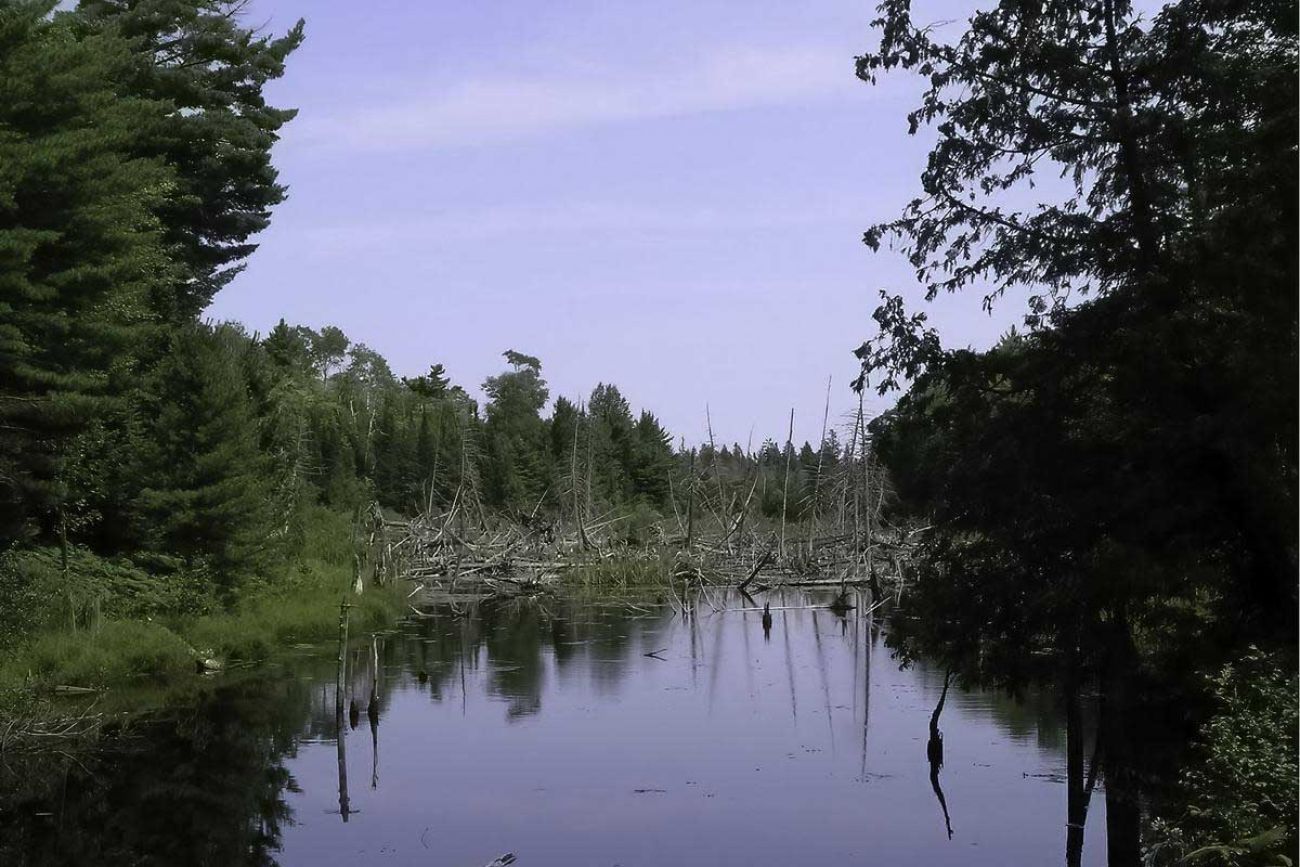
There are going to be winners and losers among the fish in those warmer lakes.
“There are fish that prefer warmer waters and they're going to benefit from warmer lakes, and then there are others like walleye, which is critical in the Midwest, that are cool-water fish. So as we see warmer waters, we've also seen a decrease in walleye and we've seen a coincident increase in smallmouth bass because they're going to do better with those warmer waters,” Read said.
It would take too much money and too much disruption of the people who live around lakes to protect some of them enough to slow the changes underway because of climate change.
Related:
- Intense storms from climate change harming Michigan streams and rivers
- Lake Superior is warming faster than many of the world’s big lakes
“It might be viable to just accept the reality of a warmer lake and potentially start talking to young kids when they're fishing about how much fun it is to reel in a bass as opposed to continuing to go after walleye,” Read said.
But people who’ve been catching walleye at their local lake usually don’t want to hear something like that. They want the fisheries managers to stock more walleye. That’s not sustainable if the fish can’t reproduce in the warmer water.
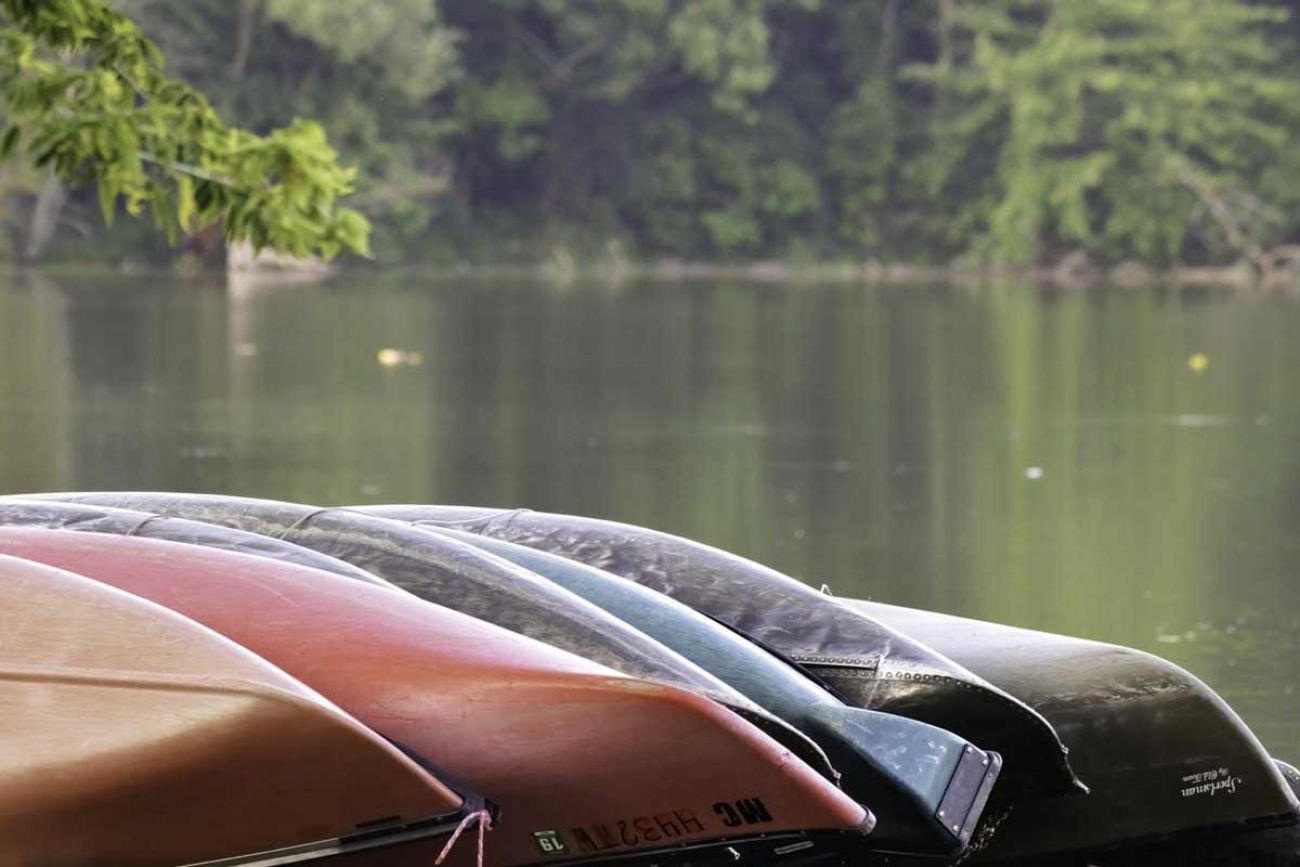
Joe Nohner at the Michigan DNR says it’s all very complicated. Lakes are reacting so differently to the multiple issues caused by climate disruption.
“We've got so many stressors on inland lakes. We've got invasive species, we've got nutrients, we've got loss of habitat from a number of different things, and all of these stresses are interacting and it makes every lake so complicated. And so it's really hard to predict what's going to happen in a given lake, which is, of course, everybody's question. Everybody wants to know what's going to happen in my lake and we just don't know,” he said.
Year to year, there will be weather variability. For example, there will be varying ice cover. The overall trend is certain though: Inland lakes are warming. That’s going to mean change.
Michigan Environment Watch
Michigan Environment Watch examines how public policy, industry, and other factors interact with the state’s trove of natural resources.
- See full coverage
- Subscribe
- Share tips and questions with Bridge environment reporter Kelly House
Michigan Environment Watch is made possible by generous financial support from:
Our generous Environment Watch underwriters encourage Bridge Michigan readers to also support civic journalism by becoming Bridge members. Please consider joining today.
See what new members are saying about why they donated to Bridge Michigan:
- “In order for this information to be accurate and unbiased it must be underwritten by its readers, not by special interests.” - Larry S.
- “Not many other media sources report on the topics Bridge does.” - Susan B.
- “Your journalism is outstanding and rare these days.” - Mark S.
If you want to ensure the future of nonpartisan, nonprofit Michigan journalism, please become a member today. You, too, will be asked why you donated and maybe we'll feature your quote next time!



